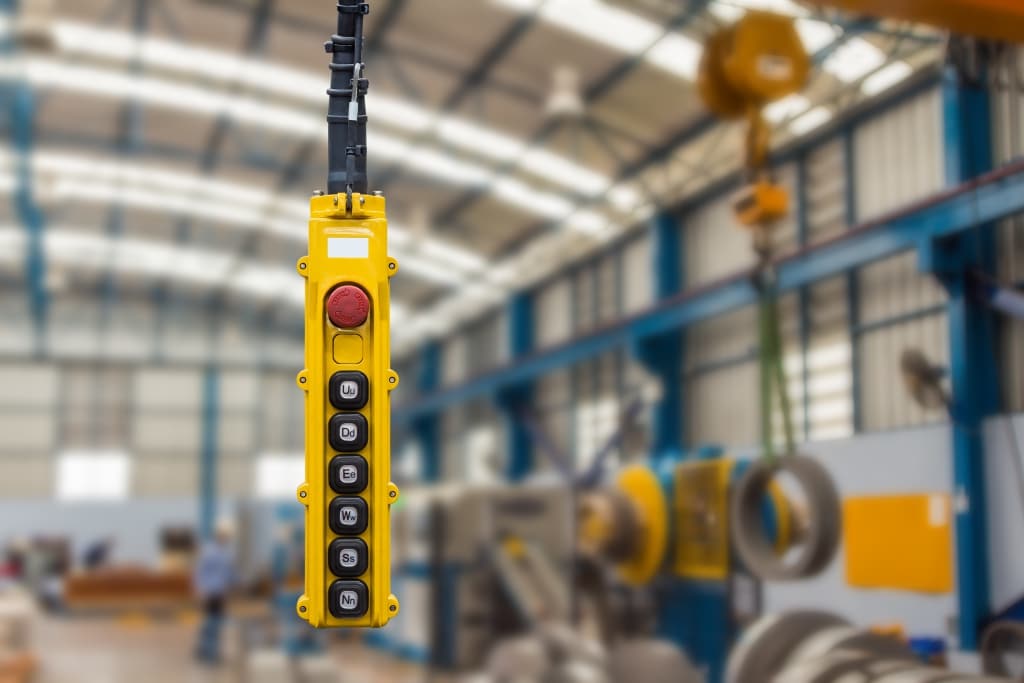Inventions Where BlueIron Will NOT Invest
There are some inventions where BlueIron will NOT invest.
I see an obnoxious number of inventions and patents from startups. Almost all of them are not good candidates for us to invest. It is heartbreaking to say “no” to inventors where the invention does not seem to be ‘big’ enough to be a saleable, stand-alone asset.

Our investment thesis is to invest where the invention has the possibility of becoming valuable. We are not looking for a huge lottery ticket, but something that will be a solid performer. BlueIron’s business model relies on the startup company being successful, because that is the only way the patent asset will have some value.
We need to see an invention that has the following characteristics:
1. We invest where an invention has a solid economic advantage over other ways of solving the same problem.
For a patent to have value, it must be licensable or saleable in its own right. Many patents might not fit this category because they are for defensive use, or might be used only to protect a company’s niche product.
Many times, a company’s core products are useful and practical, but they might not provide a very large economic impact. For example, an invention that has a new way of packaging a device may be good to protect for that company, but a patent on that technology does not have much commercial value because there are many different ways to package the same device.
This kind of patent is useful to the company because it gives them some substance to license their packaging, but it is not very useful as a stand-alone asset because the design-around costs are minimal.
We only invest when the patent is the SINGLE, BEST WAY TO SOLVE A PROBLEM.
A patent that captures only one of many different solutions is essentially worthless. If we were to sue a competitor who uses our solution, the competitor will just switch over to another solution and continue to compete.
2. We invest when the invention has a long shelf life.
Many inventions/products have a short window of opportunity. The Pet Rock was a great invention, but never had any staying power.
I classify many inventions (and startup concepts) as “gimmicks”, but I don’t mean that in a derogatory fashion. I use the term to mean that they address aesthetic value, but not substantive impact to the business itself. Well, I must admit that it is somewhat derogatory.
The shelf life of a specific invention is based on how technology around it will develop. Many technologies take years to mature and be overtaken. This cuts both ways: your technology takes a long time to saturate the market, but will hang around for a long time before being eclipsed by something new.
3. We invest when the invention is a breakthrough in a big field.
The valuable patents are those that establish a large beachhead where many technologies and applications flourish. These patents can be very valuable, but they are extremely difficult to write well. If done well, these applications will let your invention reach a very wide technology base – and the patent will be able to survive litigation.
The Total Addressable Market of a patent is impossible to tell, so we typically do not use that metric in our analysis.
A ground-breaking invention will change the market in ways we cannot guess or measure, so coming up with an estimate of “$14B TAM” is rather pointless. We just need to know that there is a “big” market.
Good patents take a lot of extra work to do well. The work comes in fleshing out the entire technology. Lots of inventors come to me with a wish to have a patent in a certain area. “I want a patent that protects X”, but the inventor may not fully know how to implement X. The patent application involves a lot of engineering/invention/research to explain each piece that is necessary to build the invention.
A lot of inventors write “prophetic patents” that are merely guesses about the market and the technology. We want the opposite. We want data-driven patents that capture the blood, sweat, and tears that it takes to actually make something work. It is heavy lifting to do a valuable patent.
4. We invest in “Picks and Shovels” patents.
There are very few startups that hit it right out of the gate. Virtually all startups pivot and learn as they work through the toil of bringing a product to market.
The best patents control the key technical problem that all competitors will have to solve. If I control the key component of a product, I can control the entire marketplace. I do not need a patent on the end product.
The idea of “Picks and Shovels” patents is critical for all entrepreneurs. Many times, the entrepreneur wants a patent to “protect” their “great idea.” The “great idea” is often just a hazy sense that there is a need in the marketplace, but that need has not been fully fleshed out.
I have a saying that I do not want to finance the first patent.
I want to finance the second, third, and fourth patents that come from really getting your hands dirty and solving difficult problems. These are the Picks and Shovels.
